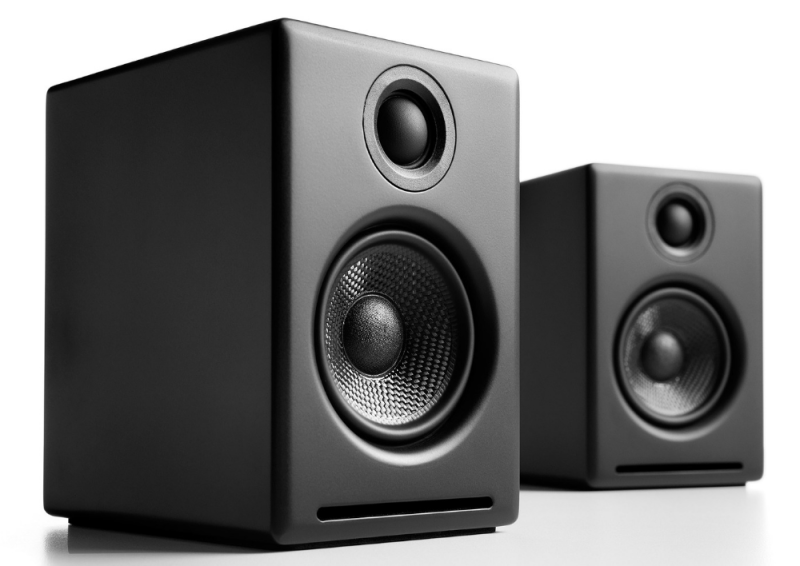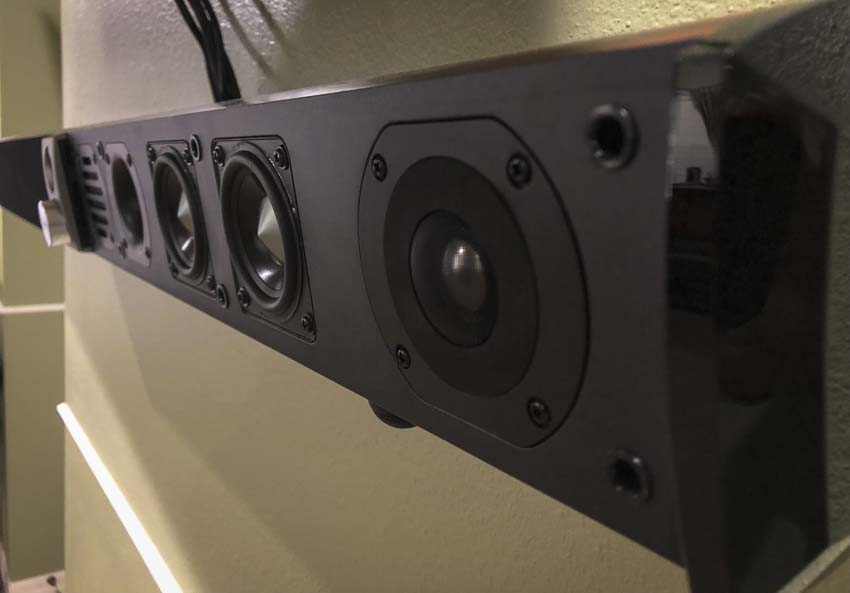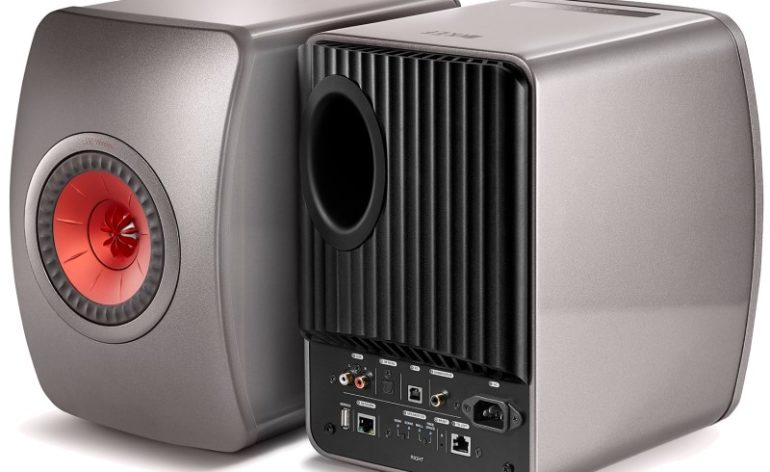Active Speakers Types and Buying Guide
Most people know what a speaker is. A box that needs to be connected to another box in order to make noise. But an active speaker is a different animal. This is a speaker that already has an amplifier built into it. This means the speaker itself is ready to play. It just needs a source. That can be from a wire to another box or wireless streaming. As you’ll see, there are many types of active speakers out there and many different uses for them. Let’s go through some of the most common uses.

Portable Speakers
Portable speakers are, by definition, active. You’ve seen these. They are everywhere these days. People have them strapped to their bicycles, on their back porches, and even in their bathrooms. They stream content to them from their phones, smart devices, or by USB flash drive. These speakers are usually wireless in that they are battery-powered and rechargeable. Some are very rugged and can be used outdoors. Others are designed for indoor use and will concentrate on higher fidelity.
Regardless, what you are looking for in a portable active speaker will vary substantially based on how you will use it. Things to consider are how you will connect to them (make sure it can accept your preferred streaming solution), where it will be used, and how loud you want it to be. In general, larger speakers can get louder and play lower bass. There are other considerations as well including weatherproofing, the ability to use the speaker’s battery to charge your phone, and being able to use two in stereo mode. With so many options out there (and there are a lot), you’ll find a solution that fits your needs and budget with a little patience.

Active Computer Speakers
Many people’s first foray into active speakers was the speakers they bought for their computer. These normally consisted of a small box and two even smaller satellite speakers. You hooked the computer into the box and then the speakers had wires that ran from the box. The box, often mislabeled a “subwoofer,” plugged into the wall for power and drove the speakers. One of the speakers had a volume control on it. Sound familiar?
These days, we’ve gotten away from the bass module/satellite speaker setup for computers. Now, we are seeing more and more small (and some large) bookshelf speakers designed with a desk in mind. Most have one speaker that has all the connections and amplifier and the other is connected to it via speaker wire. Audioengine makes some of our favorite speakers in this category and we highly recommend you check them out.

SoundBars
SoundBars don’t get a lot of love among home theater enthusiasts. It’s easy to look down on products that we view as “compromises.” But we are here to tell you that it is perfectly okay to own a soundbar. First thing, let’s all admit that just about any soundbar is an improvement over the sound you get out of your TV. If you aren’t willing or able to get a full surround sound system, a soundbar is a good way to upgrade the intelligibility and fidelity of the sound from your display.
That said, we don’t ever suggest you buy a very expensive surround bar. These promise the moon in full surround sound and sometimes even Atmos sound. That just isn’t going to happen. All they are doing is altering the phase of the drivers in order to trick your ear into thinking the sound is coming from somewhere other than directly in front of you. This can work, but it usually doesn’t. When it does work, it isn’t consistent. Stay away from these bars and save up for a full system.
When shopping for a soundbar, we look for a couple of things. We want something that will be easy to mount, something that can be connected to a subwoofer via a regular cable (not something proprietary or wirelessly), and something that looks good with our display. That’s right: If you are going to buy a soundbar, get one that will look good with your display. If it isn’t going to sound great, at least it should look good, right?
The subwoofer connection is something we like to see because it is easy to add a subwoofer and that sub can be moved to a full system at a later date. Just make sure you get a subwoofer that is big enough for the room. Skip all the surround sound bells and whistles and focus on a soundbar that is loud and looks good.

High-End Active Speakers
When asked the question, should I use active speakers in a home theater, we usually say, “No.” That isn’t because we don’t like powered speakers, it is because they cause more problems than they solve. That said, if you are listening fairly nearfield or just want powered speakers, there are some options out there for you. While you may be thinking you can add some Audioengine speakers to your home theater, that would be a bad idea. Those speakers are built assuming you will be sitting very close to them. If you are sitting across the room from them, expect them to underwhelm.
Instead, you’ll need speakers that are designed with home theater in mind. One of our favorite options came from Emotiva in their Airmotiv speakers but they are no longer available. A more expensive, but definitely higher quality, option is the KEF wireless speakers. These are two options – the LSX and the larger LS50 Wireless II. The LSX are smaller speakers better for shorter distances. At around $1250 a pair, they aren’t cheap. If you want active speakers in a larger room, you’ll want to get the LS50 Wireless II speakers. At $2600 brand new, the LS50 Wireless II active speakers aren’t cheap. But, currently, you can save a cool grand by picking up the original LS50 Wireless speakers for $1599 refurbished at Accessories4Less.com. With full manufacturer’s warranty, we would grab these ASAP if we were on the market for the high-end active speakers right now.
One feature of the KEF active speakers we like is that they actually connect to each other wirelessly. There isn’t the wire that needs to travel from the main speaker to the secondary speaker. This gives you many more placement options. Yes, both speakers will need power, and you’ll need to download the KEF app for setup, but it removes that one wire between the two speakers.



Tom, love the new site. Got here as a long time AVRant listener.
I think the JBL LSR 305P is a nice, affordable option that works well in the soundbar budget, and blows them out of the water sound quality wise. Home Theater they are not, but if you have a TV with variable output either through RCA or a headphone jack, I give this recommendation all the time. The also fit size wise for a lot of folks without being too obnoxious, and sound good without a sub. They also have a fairly neutral response considering they are JBL… ASR and others have measured and found them shockingly good for the price, if the connectivity works for ya. It isn’t necessarily as easy as a soundbar, but connected to the headphone output on my TCL TV, it was plug and play easy…
Thanks for the recommendation!